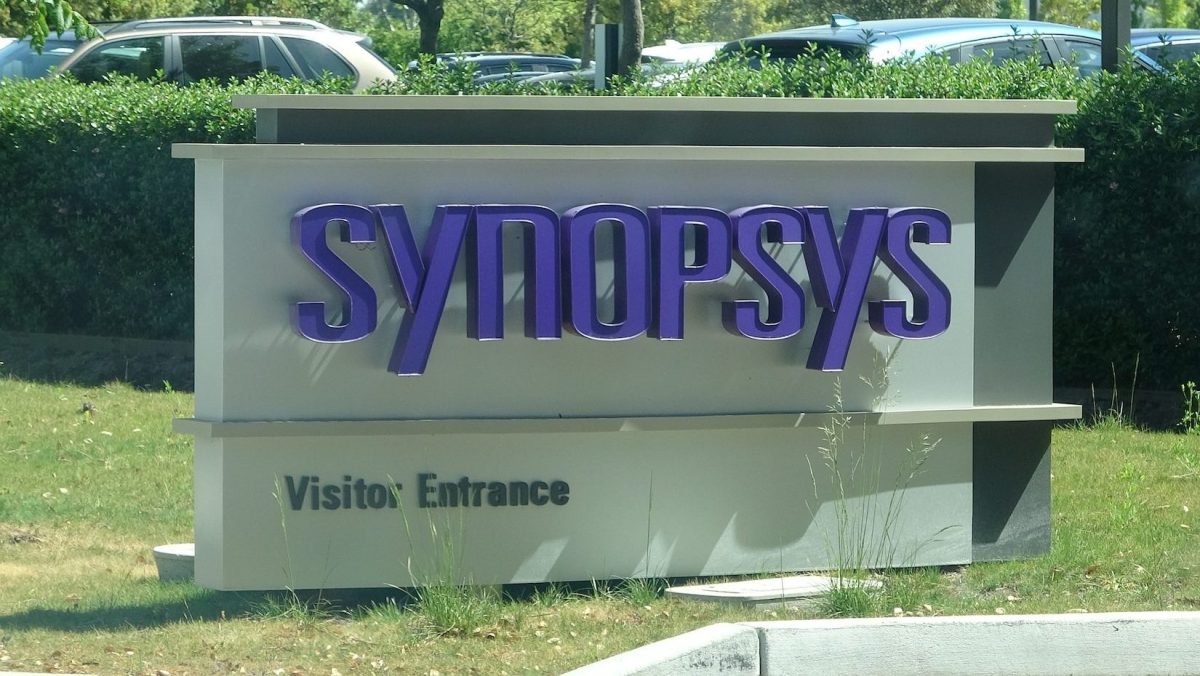EU Greenlights $35B Synopsys-Ansys Merger with Key Divestment Conditions
The recent approval by the European Commission (EC) for Synopsys to acquire Ansys marks a significant milestone in the technology sector, particularly in the realm of chip design and simulation software. This $35 billion transaction is set to reshape the competitive landscape, but it comes with strings attached—specifically, the requirement for both companies to divest certain overlapping software products.
Overview of the Synopsys and Ansys Acquisition
In January, Synopsys, known for its advanced chip design software, announced plans to acquire Ansys, a leader in simulation software that assists engineers in modeling and analyzing the physical behavior of products, including chips. This acquisition is the largest in the tech industry since the $69 billion merger of Broadcom and VMware.
Regulatory Scrutiny and Remedies
This merger has attracted considerable regulatory scrutiny due to concerns that it could lead to reduced competition in the market. The EC expressed worries that the merger would create a dominant player capable of stifling competition among smaller software developers. As a result, Synopsys and Ansys must sell certain overlapping products to a buyer approved by the EC.
- Synopsys will divest: Optical Solutions Group and optics and photonics software including Code V, LightTools, LucidShape, RSoft, and ImSym.
- Ansys will divest: PowerArtist, which optimizes power consumption in electronic circuits.
Teresa Ribera, the EC’s executive vice president for clean, just, and competitive transition, stated, “We were concerned that this acquisition may have significantly harmed competition in certain global markets for design software for chips or other products. However, thanks to the clear structural remedies offered by the parties, competition in these markets will be preserved.”
International Approvals and Ongoing Investigations
The U.K. Competition and Markets Authority (CMA) is also investigating the merger and has indicated its willingness to accept the proposed divestment. However, final approval is still pending as the CMA continues its review.
Additionally, the Federal Trade Commission (FTC) in the United States is examining the merger, and both companies have significant ties to China, where the State Administration for Market Regulation (SAMR) is also seeking remedies.
Next Steps for Synopsys and Ansys
A spokesperson for Synopsys confirmed that they are working closely with the FTC and other international regulators to finalize the necessary agreements. “We are very pleased that the EC has approved our pro-competitive transaction in Phase 1,” the spokesperson said. “Today’s clearance decision follows the strong progress we have made toward gaining regulatory approval across various jurisdictions.”
The spokesperson added that they anticipate the transaction will close in the first half of 2025. For more information on the merger’s implications, you can visit the European Commission’s competition page.
This acquisition is poised to enhance innovation in chip design and simulation software while maintaining competitive pricing for customers. As this situation develops, stakeholders in the tech industry will be keeping a close eye on the regulatory landscape.







